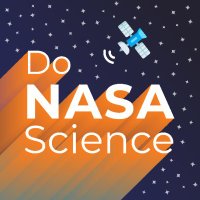
NASA Citizen Science
@DoNASAScience
Discover how YOU can do real NASA Science and explore NASA Science activities for all.
Verification: https://t.co/odV957Fb0i
ID:1194701678202761217
https://science.nasa.gov/citizenscience 13-11-2019 19:41:42
1,2K Tweets
32,4K Followers
116 Following
Follow People

It'll feel like you're playing a hi-tech coloring game, but as a NEMO-Net volunteer, you'll actually help train a supercomputer to assess coral reef health — literally saving Nemo!🪸 Your chance to make a difference, right at your fingertips: nemonet.info #CitSciMonth


In Arctic regions, people rely on iced-over waterways to get around, even in spring. As a Fresh Eyes on Ice volunteer, you'll measure/report ice status to keep people safe and help scientists study how Arctic regions respond to climate change: fresheyesonice.org #CitSciMonth
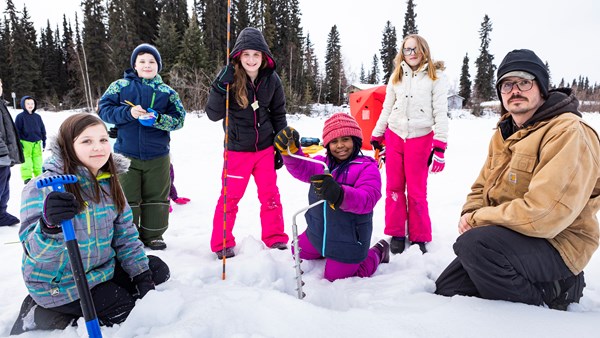

Researching winter weather in mountainous US regions is no small feat– the human eye is way better than any sensor at distinguishing snow from rain. Your reports of Mountain Rain or Snow can help improve forecasting: science.nasa.gov/citizen-scienc… #CitSciMonth


Landslides kill thousands of people and destroy billions of dollars worth of property annually. You can help improve the way we predict/respond to these disasters by reporting landslides to the Landslide Reporter project, online. Get involved: science.nasa.gov/citizen-scienc… #CitSciMonth


How can we better understand/protect freshwater in lakes? With the Lake Observations by #CitizenScientists & Satellites project, you'll take lake height readings to help validate satellite data and study lake water dynamics. Find a LOCSS lake: go.nasa.gov/3TXY6B3 #CitSciMonth
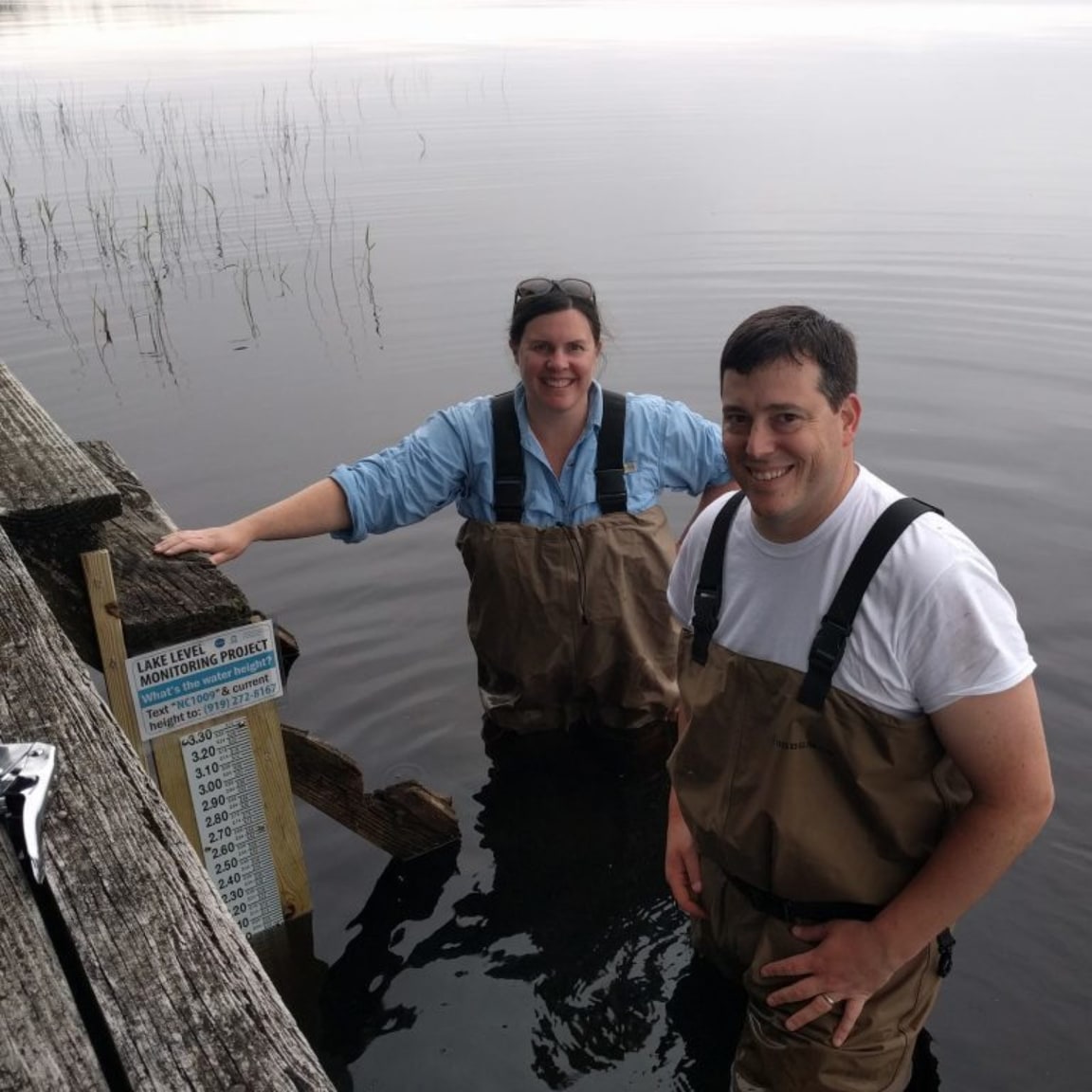

It's Earth Day! While you're outside enjoying our planet, NASA satellites are overhead, making Earth observations. You can help validate that data by sharing your own observations on the ground via the GLOBE Observer app! Make a difference: science.nasa.gov/citizen-scienc… #CitSciMonth



This week, we shared many ways you can explore all the wonder of space while doing science. Which projects will you try? Be sure to report your #CitSciMonth contributions to #OneMillionActsOfScience (bit.ly/4cAWc1A). Next week, we’re returning to our home planet: Earth!


Love beautiful pictures of Jupiter? The JunoCam project might be for you! Upload your own telescopic images to help the Juno team plan the mission or download and process JunoCam images to share your creations and contribute to science: missionjuno.swri.edu/junocam #CitSciMonth


People everywhere are teaming up to hunt for asteroids as part of the International Astronomical Search Collaboration. With your own set of high-quality astronomical data, you can make original astronomical discoveries. Get started: bit.ly/43U3b1D #CitSciMonth
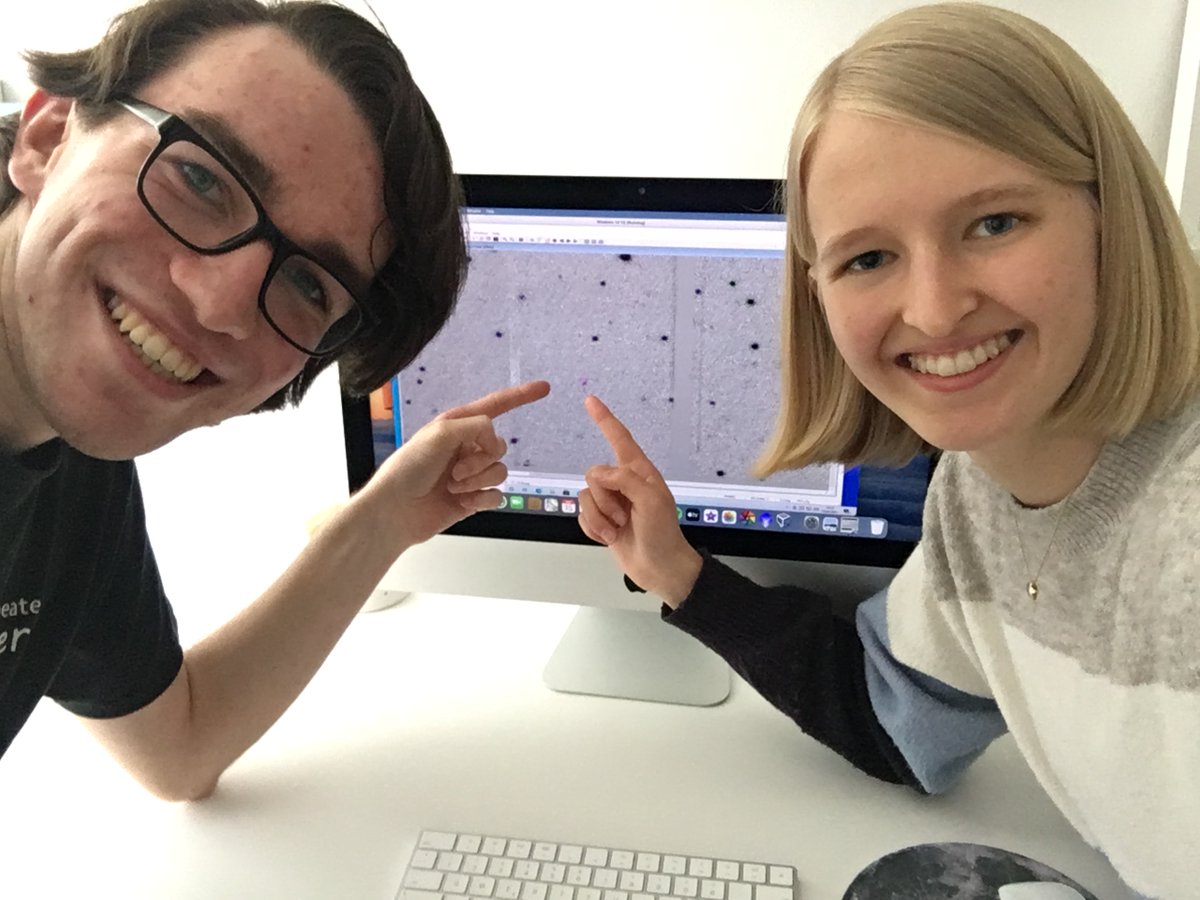

While near-Earth asteroids pose a potential threat, they also teach us about the origins of our solar system and could be important resources for space travelers. Learn to spot asteroids as a volunteer with the Daily Minor Planet: bit.ly/3JBFRgh #CitSciMonth
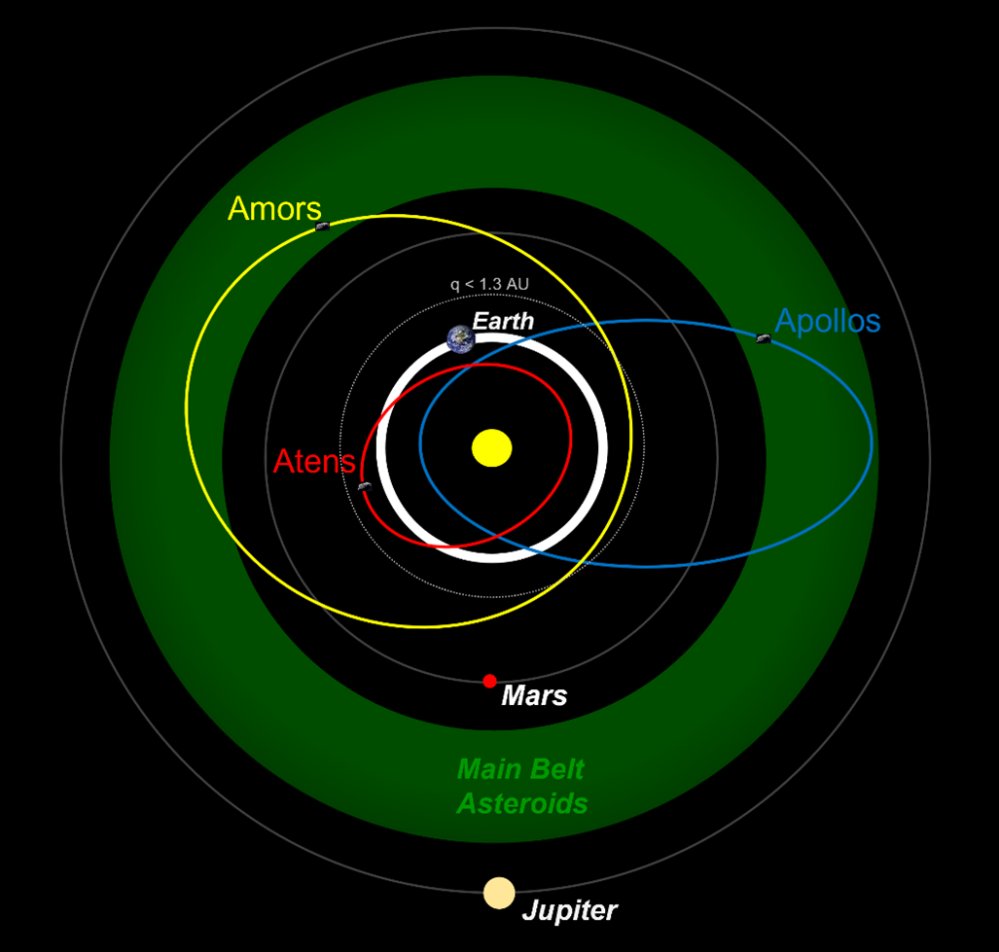

Ever look up at the sky and wonder what else might be out there? Well, good news! You can join the watch! 👀 As a volunteer with Exoplanet Watch, you'll join a community that collects data to help verify possible planets. Discover new worlds: go.nasa.gov/42KGdt1 #CitSciMonth


What is the Universe telling us? Massive explosions called gamma-ray bursts often tell a story about how stars die or how massive black holes form. Join the Burst Chaser project to help astronomers decode the story these bursts tell: bit.ly/3sgsvAK #CitSciMonth
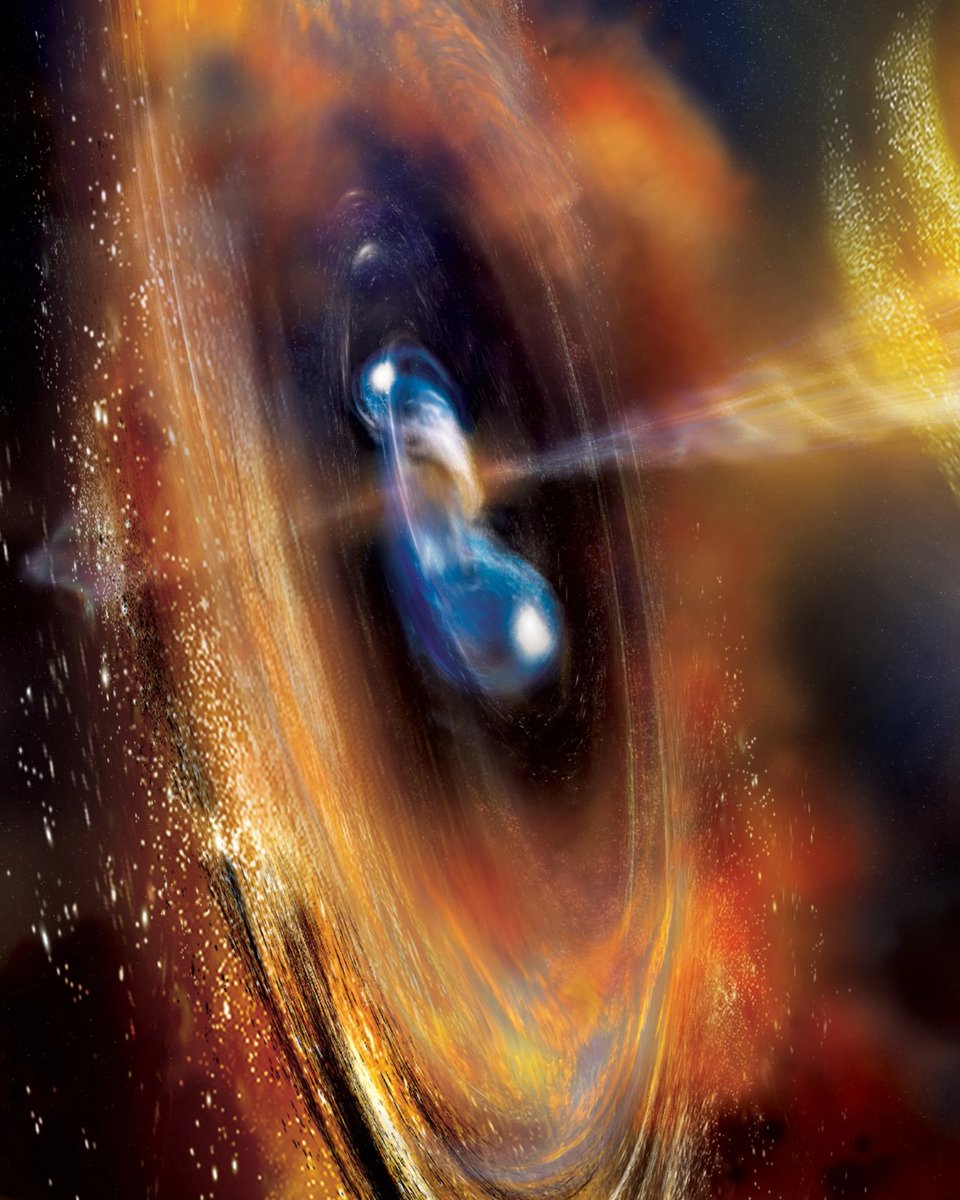

Where do planets form? It’s elementary, my dear Watson! Some stars are surrounded by disks - vast spinning clouds of gas, dust, and rock. This is where planets form and dwell. Scientists need our help finding these disks! Help solve the case: science.nasa.gov/citizen-scienc… #CitSciMonth


Unbelievable sights,
indescribable feelings,
soaring, tumbling, freewheeling…
With your telescope!
You can join a global network of galactic explorers and discover 🎵 a whole new world 🎵 beyond our solar system as part of the UNITE project: science.nasa.gov/citizen-scienc… #CitSciMonth


What's hanging out in our celestial neighborhood? Backyard Worlds: Planet 9 project volunteers have helped scientists identify 4,000+ cosmic objects in our Sun’s backyard. See what they've found and how you can help: go.nasa.gov/3vTuzQW #CitSciMonth
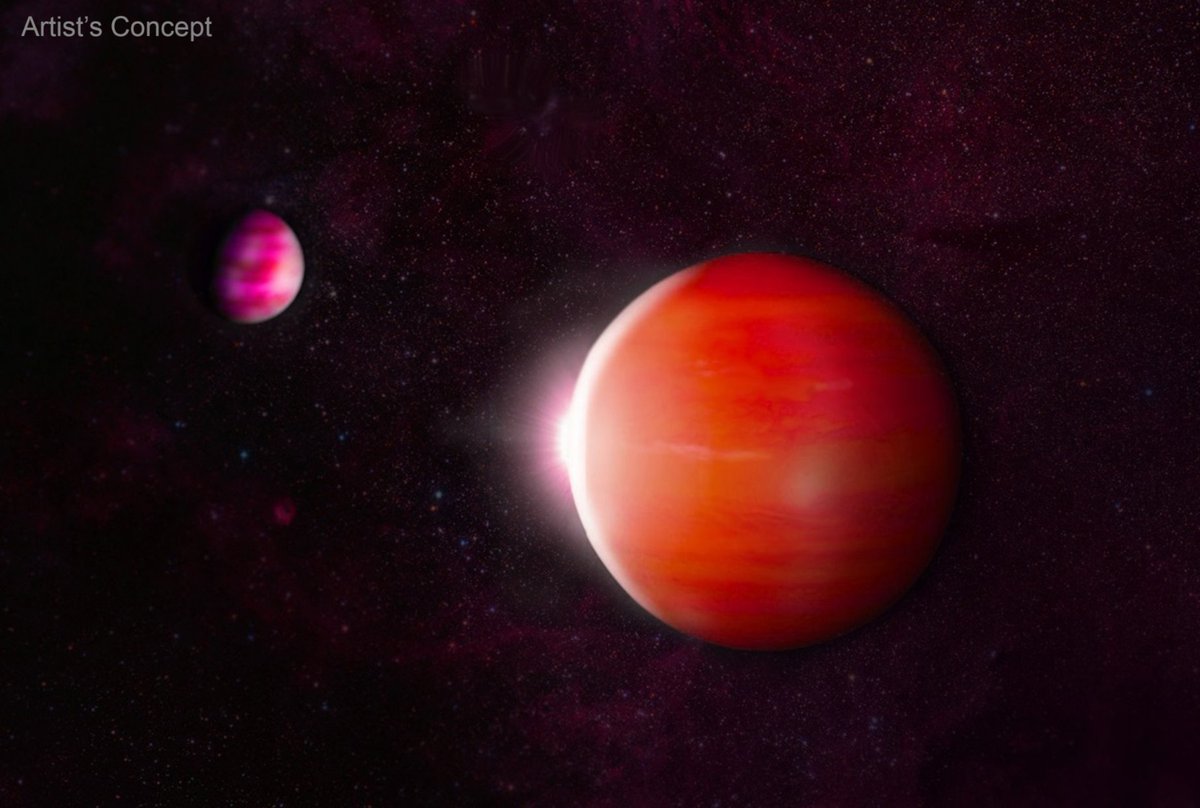

Want to help shape the future of space technology?
NASA is seeking feedback on technologies that require further development to meet exploration, science, and other mission needs. Tell us what you think during #CitSciMonth and through May 13th: go.nasa.gov/4aQZTys

1 galaxy, 2 galaxies, 3 galaxies, 4: Be a Dark Energy Explorer & see if there’s more!
Volunteers use data from 1 of the world's largest telescopes to help identify galaxies ~11 billion light years away. Want to help? Welcome to the dark side: science.nasa.gov/citizen-scienc… #CitSciMonth

What has an orbit like an asteroid but a tail like a comet?
It’s an active asteroid! ☄️
With the Active Asteroid project, you'll search images for asteroids with comet-like tails and help scientists discover clues about water in the Universe: science.nasa.gov/citizen-scienc… #CitSciMonth
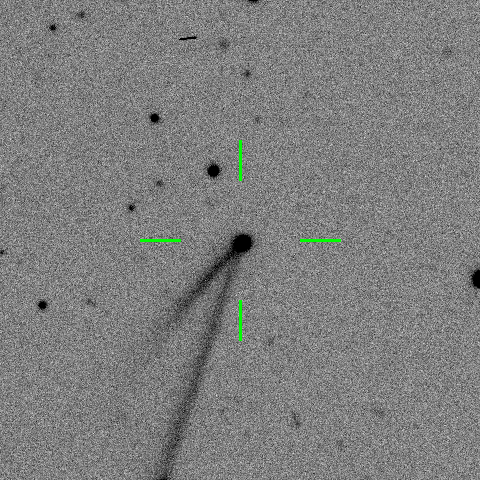

Saddle up, wranglers!
As a Redshift Wrangler project volunteer, you'll join astronomers for a trip back in time across billions of light years to determine how far away other galaxies are. Hang on to your hats and jump in the time machine: science.nasa.gov/citizen-scienc… #CitSciMonth






